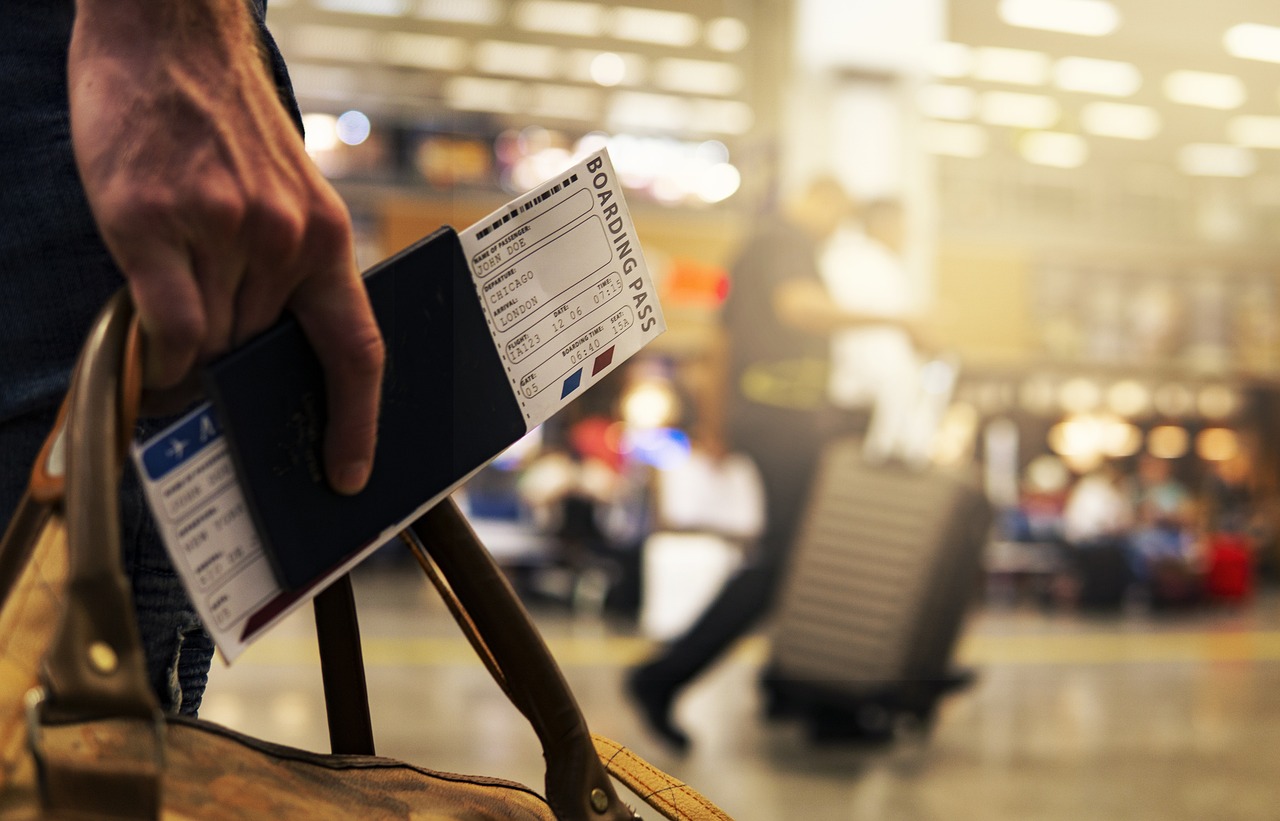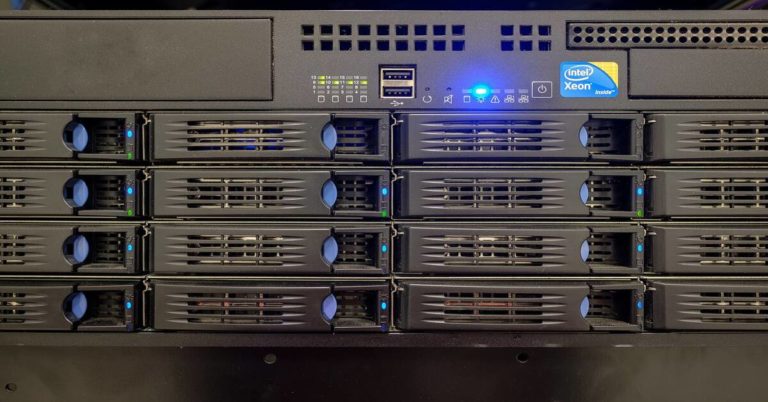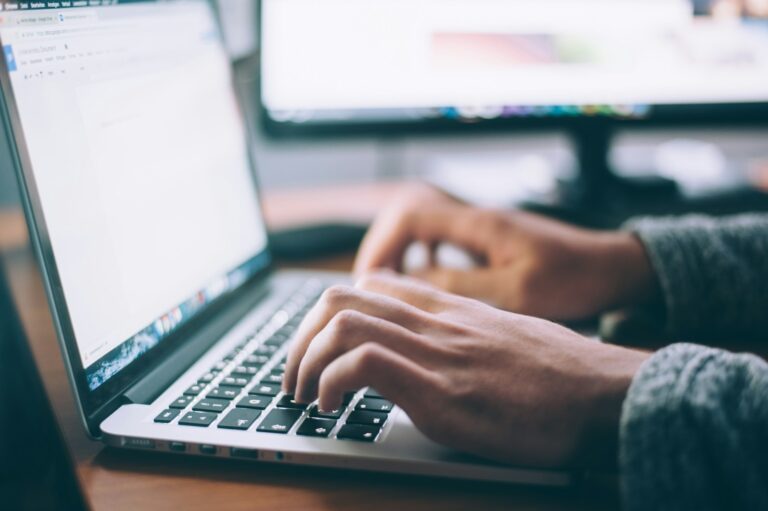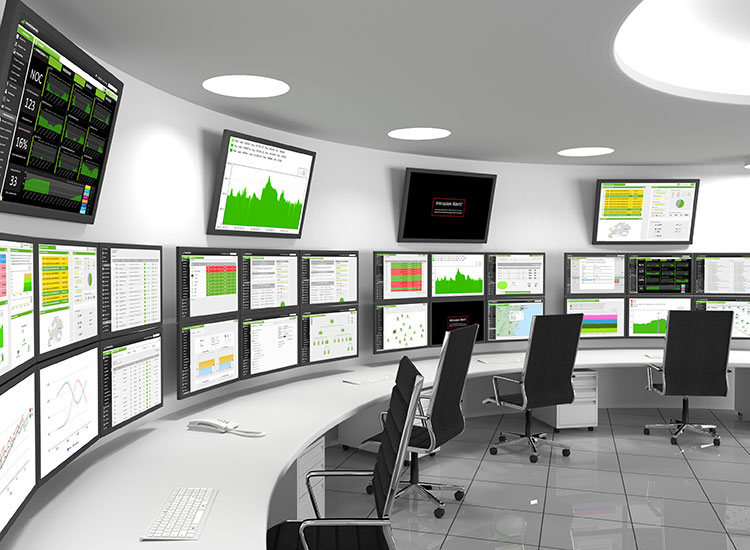How To Plan a Successful Business Trip
Planning a successful business trip requires strategic preparation and careful consideration to ensure that objectives are met efficiently. From establishing clear goals and setting a budget to arranging accommodations and creating a detailed itinerary, every step plays a crucial role in the overall success of the trip. This comprehensive guide covers essential aspects such as budgeting, logistics, communication, and reflection, helping travelers plan business trip successfully.
Table of Contents
- 1. Establishing Objectives and Goals
- 2. Budgeting and Financial Planning
- 3. Destination Research and Logistics
- 4. Accommodation and Transportation Arrangements
- 5. Creating an Itinerary and Schedule
- 6. Communication and Emergency Planning
- 7. Packing Essentials and Travel Documents
- 8. Health and Wellness Considerations
- 9. Technology and Productivity Tools
- 10. Networking and Relationship Building
- 11. Evaluating and Reflecting on the Trip
- 12. Sustainability in Business Travel
- Conclusion
- Frequently Asked Questions (FAQ)
1. Establishing Objectives and Goals
Clarifying the Purpose of the Business Trip
Before diving into logistics, clearly define the purpose of your trip. Are you attending a conference to network, meeting with potential clients, or conducting market research? Understanding the primary objective will help tailor your plans accordingly.
Pro Tip: Use the SMART framework (Specific, Measurable, Achievable, Relevant, Time-bound) to define your trip objectives.
Setting Measurable Goals and Outcomes
Establish clear, measurable goals for your trip. Whether it’s securing new clients, learning new industry trends, or strengthening existing partnerships, having specific objectives will keep you focused amidst the chaos of business travel.
Goal-Setting Checklist:
- Define the primary trip purpose
- Set 2-3 specific, measurable objectives
- Align goals with overall business strategy
- Identify key performance indicators (KPIs) for success
- Share objectives with relevant team members
2. Budgeting and Financial Planning
Estimating Costs and Expenses
Estimate all costs involved—flights, accommodations, meals, transportation, and incidentals. Include a buffer of 10-15% for unexpected expenses. This foresight can prevent financial strain during your trip and ensure compliance with company policies.
Allocating Funds for Travel, Accommodation, and Meals
Allocate your budget wisely across different categories. Consider cost-effective options for accommodations that allow more flexibility for dining or transportation without sacrificing comfort. Research per diem rates for your destination to set realistic meal budgets.
Money-saving tip: Look into corporate rates for hotels and transportation services. Many companies have partnerships that can lead to significant savings.
3. Destination Research and Logistics
Choosing the Right Location
Research your destination to ensure it meets your business needs. Evaluate accessibility, local amenities, and networking opportunities to maximize your time away from home. Consider factors such as proximity to your meetings or conference venues, safety, and available business services.
Understanding Local Culture and Customs
Familiarize yourself with local customs to avoid cultural faux pas. Knowing how to interact appropriately can enhance your business relationships and demonstrate cultural awareness. This includes understanding business etiquette, dress codes, and communication styles.
Destination Research Checklist:
- Study local business practices and etiquette
- Learn basic phrases in the local language
- Research local transportation options
- Check visa requirements and travel advisories
- Identify key business districts and facilities
4. Accommodation and Transportation Arrangements
Booking Suitable Accommodation
Select accommodations that align with your needs—whether you require a quiet space for preparation or a lively environment for relaxation after meetings. Ensure amenities like reliable Wi-Fi, business centers, and fitness facilities are available to support productivity and well-being.
Arranging Convenient Transportation Options
Plan transportation that fits your schedule and comfort level. Whether using public transport, hiring a car service, or renting a vehicle, ensure that your travel arrangements facilitate smooth transitions between meetings. Consider factors such as traffic patterns and parking availability in your planning.
Accommodation Tip: Look for hotels with executive floors or business lounges for added convenience and networking opportunities.
5. Creating an Itinerary and Schedule
Organize your meetings and appointments in advance to avoid last-minute scheduling conflicts. Allocate sufficient time for each commitment while leaving space for networking opportunities or leisure activities that can lead to unexpected connections. Use digital tools to create a flexible, shareable itinerary that can be easily updated.
Itinerary Planning Checklist:
- Schedule key meetings and appointments
- Allow buffer time between engagements
- Include travel time and potential delays
- Plan for meals and breaks
- Identify networking events or industry gatherings
- Schedule time for preparation and follow-ups
6. Communication and Emergency Planning
Stay connected with colleagues and clients by having all necessary contact information readily available. Utilize communication apps like Slack or WhatsApp for seamless interactions. Prepare contingency plans for unexpected situations like flight delays or weather disruptions.
Emergency Preparedness Tip: Store digital copies of important documents in a secure cloud service for easy access in case of loss or theft.
7. Packing Essentials and Travel Documents
To avoid forgetting essentials, create a packing checklist that includes business attire, chargers, and important documents. Organize these items in a secure pouch to prevent unnecessary stress during travel. Consider the climate and dress code of your destination when packing.
Packing Essentials Checklist:
- Business cards and promotional materials
- Laptop, chargers, and adapters
- Appropriate business attire
- Passport and visa documents
- Health insurance card and any necessary medications
- Portable battery pack for devices
8. Health and Wellness Considerations
Maintain your health and energy levels during the trip by prioritizing wellness. This includes getting adequate sleep, staying hydrated, and finding opportunities for exercise. Research any necessary vaccinations or health precautions for your destination.
Wellness Tip: Pack healthy snacks and a reusable water bottle to maintain energy levels between meetings and reduce reliance on convenience foods.
9. Technology and Productivity Tools
Leverage technology to enhance your productivity during the trip. This may include using project management apps, virtual meeting platforms, or translation tools. Ensure all necessary software is installed and updated before departure.
Tech Essentials Checklist:
- VPN for secure internet access
- Cloud storage for important documents
- Translation apps for international travel
- Productivity apps (e.g., Evernote, Trello)
- Mobile hotspot or international data plan
10. Networking and Relationship Building
Maximize networking opportunities by researching attendees or key contacts before your trip. Prepare elevator pitches and conversation starters relevant to your business objectives. Consider bringing small, culturally appropriate gifts for important meetings or as a gesture of goodwill.
Networking Tip: Use LinkedIn to connect with professionals you meet during your trip, and follow up with personalized messages to strengthen new relationships.
11. Evaluating and Reflecting on the Trip
After returning from your trip, assess its success by evaluating whether you achieved your objectives and identifying any challenges faced along the way. Reflecting on these experiences will provide valuable insights for future trips. Share key learnings with your team to improve overall business travel practices.
Post-Trip Evaluation Checklist:
- Review goals and measure outcomes
- Analyze expenses against the budget
- Document new contacts and follow-up actions
- Identify areas for improvement in future trips
- Share insights and recommendations with colleagues
12. Sustainability in Business Travel
Consider the environmental impact of your business travel and look for ways to reduce your carbon footprint. This may include choosing direct flights, using public transportation, or selecting eco-friendly accommodations. Many companies now incorporate sustainability goals into their travel policies.
Sustainability Tip: Opt for electronic documents and business cards when possible to reduce paper waste during your trip.
Conclusion
Effective planning is vital for executing a successful business trip. By following these outlined steps—establishing clear goals, budgeting wisely, understanding logistics, maintaining communication, packing efficiently, prioritizing health and wellness, leveraging technology, building relationships, and reflecting on experiences—travelers can navigate the complexities of business travel with ease. This proactive approach enhances productivity, contributes to professional growth, and ensures that each business trip is a valuable investment in your company’s success.
Frequently Asked Questions (FAQ)
Q: What should I prioritize when planning my business trip?
A: Prioritize establishing clear objectives, budgeting effectively, researching your destination, arranging accommodation, creating a detailed itinerary, maintaining communication, packing essentials, and reflecting on your experience afterward. Focus on aligning every aspect of your trip with your primary business goals.
Q: How can I stay within my budget during a business trip?
A: To stay within budget, estimate all potential costs upfront, allocate funds wisely across categories (travel, accommodation, meals), look for corporate rates and cost-effective options without compromising comfort, and track expenses diligently throughout the trip. Consider using expense-tracking apps to maintain real-time oversight of your spending.
Q: What if I encounter an emergency during my trip?
A: Always have contingency plans in place. Keep emergency contacts handy, including local embassy information for international travel. Utilize communication apps for quick updates with colleagues or clients. Stay informed about local conditions and have travel insurance that covers business trips. Familiarize yourself with your company’s emergency protocols before departure.
Q: How can I maintain productivity while traveling for business?
A: To maintain productivity, ensure you have reliable internet access, use cloud-based tools for seamless work across devices, and create a mobile office setup in your hotel room. Prioritize tasks, use travel time for planning or catching up on emails, and maintain a regular sleep schedule to combat jet lag. Don’t overbook your schedule; allow time for rest and preparation between meetings.
Q: What are some effective ways to network during a business trip?
A: Effective networking during a business trip includes researching attendees or key contacts beforehand, attending industry events or conferences, using social media platforms like LinkedIn to connect with professionals you meet, and following up promptly after meetings. Always have business cards ready and be prepared with a concise elevator pitch about your role and company.






